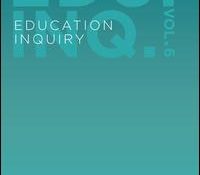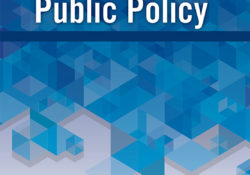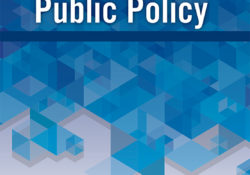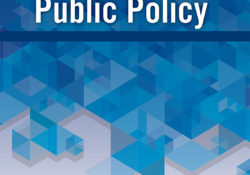
tandfonline.com har udgivet en rapport under søgningen “Teacher Education Mathematics”: ABSTRACT ABSTRACT This study explores how aspects of teacher quality are related to student achievement and students’ perceptions of instructional quality on the basis of eighth grade TIMSS 2011 data for Sweden. Indicators of teacher quality are coursework in mathematics as measured by the number of semesters of studying mathematics, years of teaching experience and teacher self-efficacy beliefs. The study employs confirmatory factor analysis and structural equation modelling as primary methods. Results indicate that teachers with higher self-efficacy beliefs were rated by students as delivering higher instructional quality. However, this was not reflected in student achievement levels. Instead, with student socio-economic and immigrant background under control, there was a significant positive relationship between coursework in mathematics and student mathematic achievement… Continue Reading →
Like this:
Like Loading...
tandfonline.com har udgivet en rapport under søgningen “Teacher Education Mathematics”: Abstract Policymakers have demonstrated an interest in using measures of student achievement to inform high-stakes teacher personnel decisions, but the idea of using student outcomes as a teacher performance measure is complex to implement for a variety of reasons, not least of which is the fact that there is no universally agreed upon statistical methodology for translating student achievement into a measure of teacher performance. In this article, we use statewide data from North Carolina to evaluate different methodologies for translating student test achievement into measures of teacher performance at the elementary level. In particular, we focus on the extent to which there are differences in teacher effect estimates generated from different modeling approaches, and to what extent classroom level… Continue Reading →
Like this:
Like Loading...
tandfonline.com har udgivet en rapport under søgningen “Teacher Education Mathematics”: Abstract We provide a side-by-side comparison of school and teacher growth measures estimated from different value-added models (VAMs). We compare VAMs that differ in terms of which student and school-level (or teacher-level) control variables are included and how these controls are included. Our richest specification includes 3 years of prior test scores for students and the standard demographic controls; our sparsest specification conditions only on a single prior test score. For both schools and teachers, the correlations between VAM estimates across the different models are high by conventional standards (typically at or above 0.90). However, despite the high correlations overall, we show that the choice of which controls to include in VAMs, and how to include them, meaningfully influences school and… Continue Reading →
Like this:
Like Loading...
tandfonline.com har udgivet en rapport under søgningen “Teacher Education Mathematics”: Abstract Formulae display:?Mathematical formulae have been encoded as MathML and are displayed in this HTML version using MathJax in order to improve their display. Uncheck the box to turn MathJax off. This feature requires Javascript. Click on a formula to zoom. School districts and state departments of education frequently must choose among a variety of methods to estimate teacher quality. This article investigates the consequences of some of these choices. We examine estimates derived from student growth percentile and commonly used value-added models. Using simulated data, we examine how well the estimators can rank teachers and avoid misclassification errors under a variety of assignment scenarios of teachers to students. We find that growth percentile measures perform worse than value-added measures… Continue Reading →
Like this:
Like Loading...
tandfonline.com har udgivet en rapport under søgningen “Teacher Education Mathematics”: Abstract Formulae display:?Mathematical formulae have been encoded as MathML and are displayed in this HTML version using MathJax in order to improve their display. Uncheck the box to turn MathJax off. This feature requires Javascript. Click on a formula to zoom. We compare teacher evaluation scores from a typical value-added model to results from the Colorado Growth Model (CGM), which 16 states currently use or plan to use as a component of their teacher performance evaluations. The CGM assigns a growth percentile to each student by comparing each student’s achievement to that of other students with similar past test scores. The median (or average) growth percentile of a teacher’s students provides the measure of teacher effectiveness. The CGM does not… Continue Reading →
Like this:
Like Loading...




